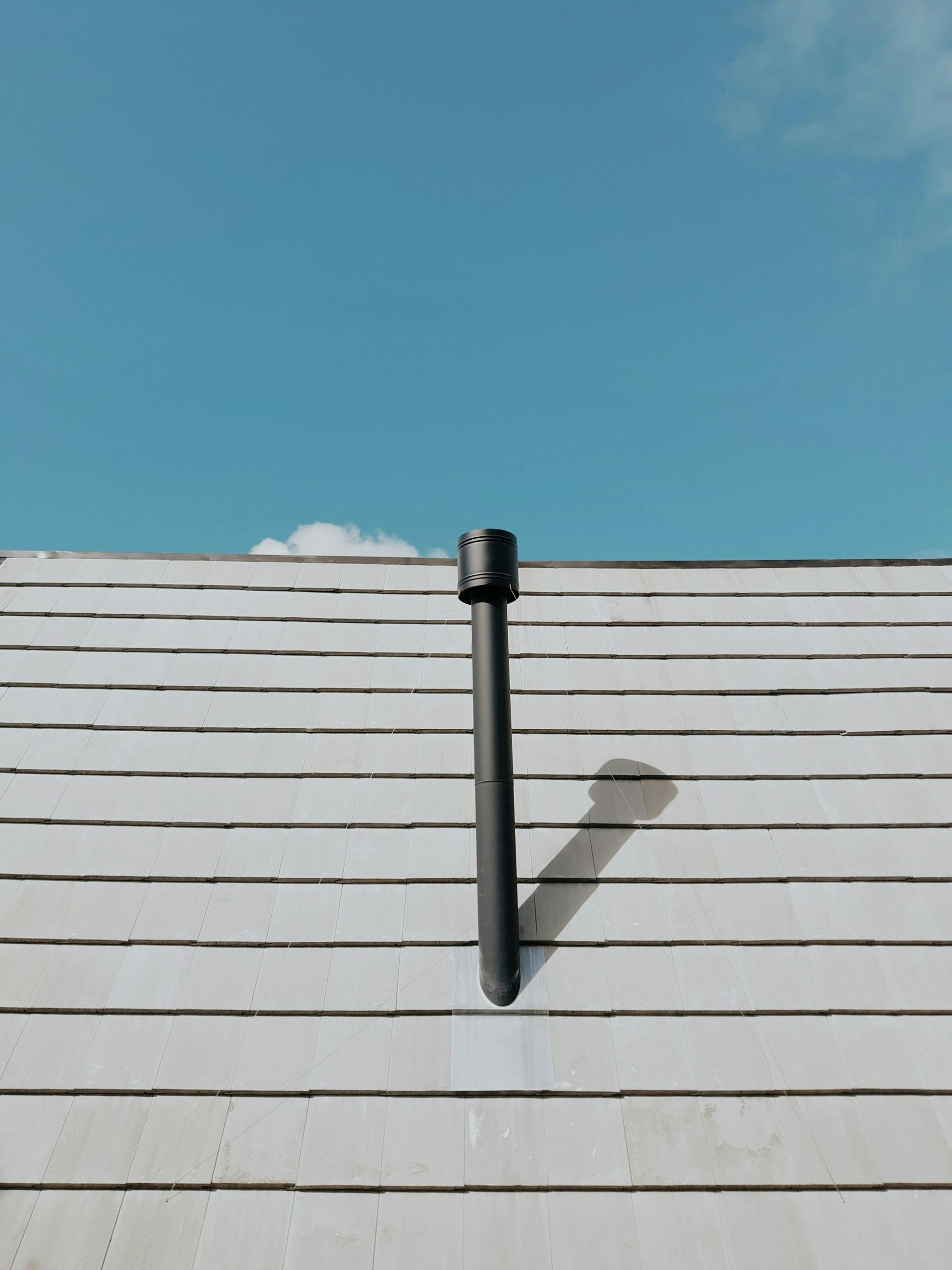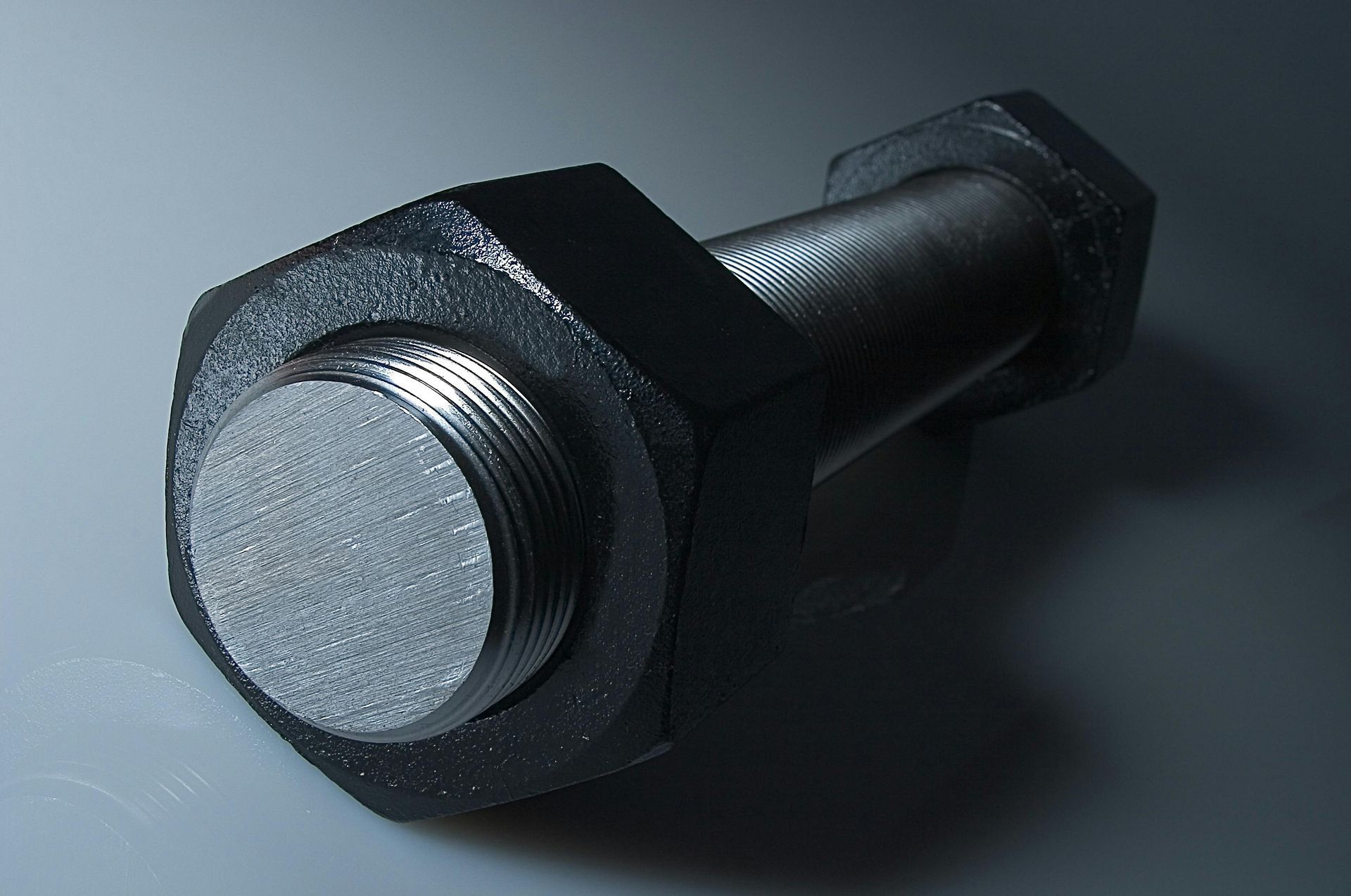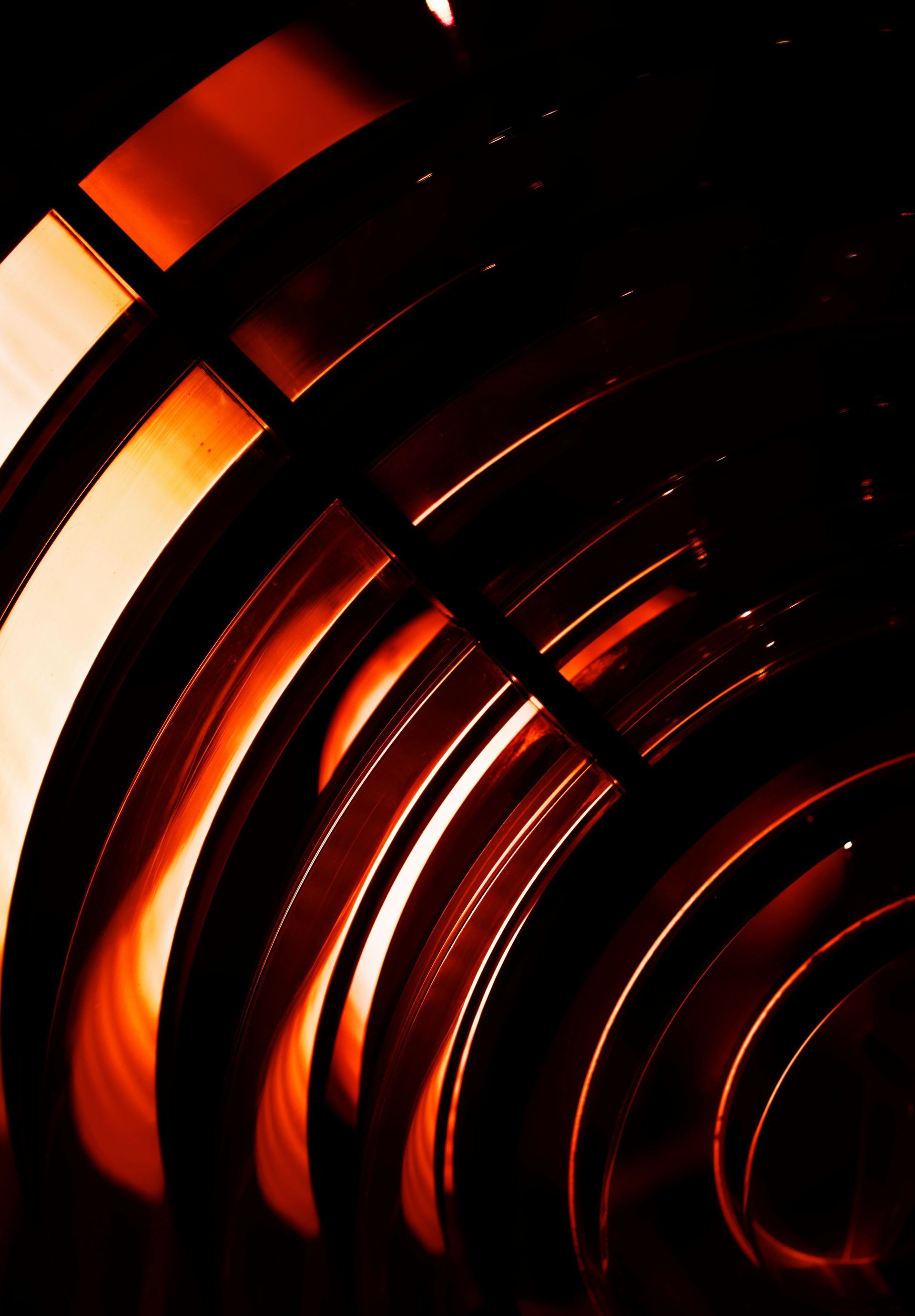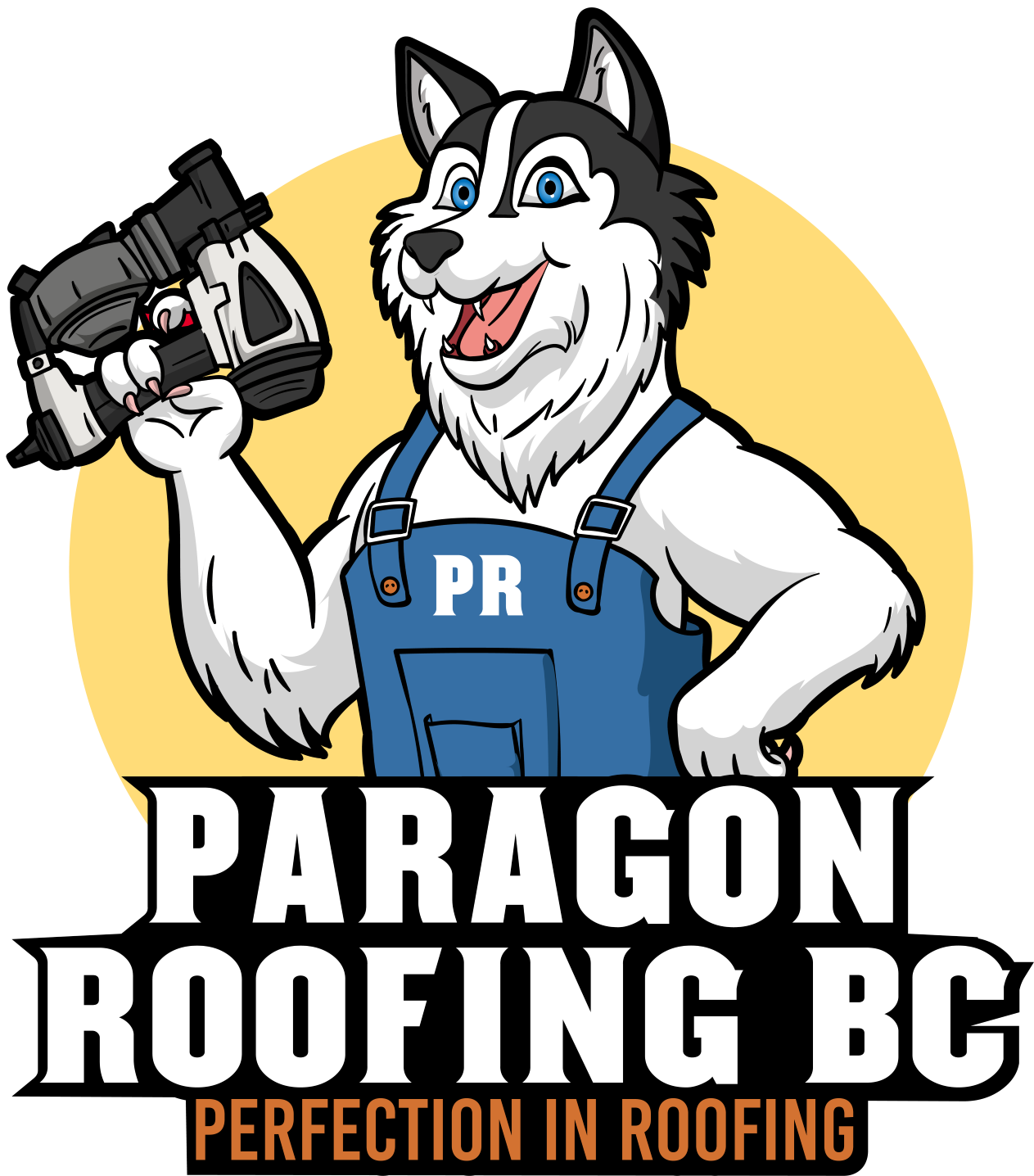In Vancouver’s rain and wind, a metal roof won’t make your home “too hot” in summer or “too cold” in winter.
What sets indoor comfort is the assembly —insulation, air-sealing, ventilation—and (optionally) a cool-color coating or above-sheathing ventilation to tame summer heat. ([Natural Resources Canada][1], [heatisland.lbl.gov][2], [Oak Ridge National Laboratory][3])
Need help with roofing in Vancouver ? Get a same-week assessment.
energy-efficient metal roofing Vancouver · best metals for Vancouver · metal over shingles in Vancouver
- Prioritize attic insulation and air-sealing first; that’s 80% of comfort. ([Natural Resources Canada][1])
- Choose a high-SRI(reflective) metal finish if summer rooms run warm. ([heatisland.lbl.gov][4], [Cool Roof Rating Council][5])
- Add above-sheathing ventilation (ASV) battens for an extra cooling buffer. ([Oak Ridge National Laboratory][3])
- Keep soffit-to-ridge ventilation balanced; avoid powered attic fans. ([Natural Resources Canada][1])
- Pick colour for performance + streetscape; Vancouver is heating-dominated but mild. ([Climate Data][6])
The myth vs. the physics (Vancouver-specific)
It’s easy to assume “metal = hot in summer, cold in winter.” In reality, bare metal has low thermal mass and responds quickly to outdoor conditions; what the living space feels is governed by the layers between roof and rooms —insulation levels, air-tightness, and ventilation. Canada’s guidance for homes emphasizes sealing the ceiling plane and insulating attics/roof systems to robust effective R-values; do that, and the roofing skin(metal or shingles) has a minor effect on indoor temperatures. ([Natural Resources Canada][1])
Vancouver’s marine climate (Zone 4) has modest summers and long wet spells. That means your top priorities are: keep bulk water out, dry the roof deck between storms, and control heat flow with insulation. The roofing choice is the finishing move —not the foundation—of comfort. ([Climate Data][6], [Province of British Columbia][7])
Summer: will a metal roof overheat my house?
Short answer: No—if the assembly is designed right. Two levers let a metal roof reduce summer heat gain compared with dark shingles:
- Cool-color coatings & SRI.
“Cool” roofs combine high solar reflectance(bounce sun) with high thermal emittance(re-radiate heat). These are summarized as Solar Reflectance Index (SRI); higher SRI = cooler surface under sun. Factory-coated metal panels are available across a wide SRI range; light and many “cool dark” colours significantly lower surface temperature versus standard dark shingles. ([heatisland.lbl.gov][2], [ENERGY STAR][8], [Cool Roof Rating Council][5]) - Above-sheathing ventilation (ASV).
A small air gap (e.g., ¾″ battens under standing seam) lets hot air flush out at the ridge, cutting the heat that reaches the deck. Oak Ridge National Laboratory field work found metal roofs with ASV performed as well as or better than high-reflectance roofs attached directly to the deck. Translation: even non-white metal can run cool with a ventilated cavity. ([Oak Ridge National Laboratory][3], [web.ornl.gov][9])
Add Vancouver-sensible attic ventilation (continuous soffit intake + ridge exhaust) and you keep attic temps in check without gimmicks. ([Natural Resources Canada][1])
Winter: will a cool metal roof make the house colder?
Not meaningfully—if you insulate and air-seal properly. Cool surfaces can carry a small winter heating penalty in frigid, sunny climates. But research (LBNL/EPA) shows that in real winters the penalty is limited: the sun is low, days are short/cloudy, and snow (where it accumulates) already reflects sunlight. In many climates, the summer savings outweigh the winter effect. Vancouver winters are cool and wet, not deep-freeze plus sun; the “penalty” is smaller still—and entirely dominated by how well your ceiling plane is sealed and insulated. ([heatisland.lbl.gov][2], [US EPA][10])
What actually controls comfort (ranked)
- Air-sealing at the ceiling. Stop warm, moist indoor air from leaking into the attic. It’s the biggest lever for both comfort and condensation control. ([Natural Resources Canada][1])
- Insulation depth (effective R). In our zone, aim for R-50–R-60 in roomy attics; at minimum meet ~R-40 effective. Compact roofs target ~ R-26–R-28 with a continuous air channel or a correctly designed unvented assembly. ([Province of British Columbia][7])
- Balanced ventilation. Provide a clear low-to-high path (≈ 1/300 NFA rule of thumb in Canadian code literature), with baffles at eaves to maintain the airway. ([Natural Resources Canada][1])
- Roof surface properties. Select colour/finish for SRI and aesthetics; consider ASV when you want the coolest deck. ([heatisland.lbl.gov][4], [Oak Ridge National Laboratory][3])
Colour & finish: what to choose in a mild, heating-leaning climate
- Light colours / high SRI(e.g., light gray, light green, off-white) keep roof surfaces cooler on sunny days; helpful for top-floor comfort and urban heat reduction. ([heatisland.lbl.gov][4], [coolcalifornia.arb.ca.gov][11])
- Cool darks use reflective pigments to boost SRI without going pastel—useful when the design calls for charcoal/bronze but you want lower heat gain. ([heatisland.lbl.gov][4])
- Unpainted bare metal can reflect sunlight but often has lower emittance; factory coatings raise both reflectance and emittance for better all-round performance. ([www.cedengineering.ca][12])
Rule of thumb: In Vancouver, colour choice is secondary to insulation and ventilation—but choosing a cool-rated finish(or adding ASV) is an easy “comfort margin” with virtually no downside. ([Oak Ridge National Laboratory][3])
Assembly options that keep Vancouver homes comfy
Best (steep-slope):
- Standing seam metal over ventilated battens (ASV)
- High-quality synthetic underlayment + self-adhered at eaves/valleys
- Continuous soffit intake + ridge exhaust; airtight ceiling
- Attic insulation R-50 to R-60
where space allows
Result: lower summer attic temps, fast deck drying between rain systems, quiet winters. ([Oak Ridge National Laboratory][3], [Natural Resources Canada][1])
Great (retrofit without battens):
- Standing seam metal directly on deck
- Cool-color factory finish; taped deck seams or high-performance underlayment
- Same ventilation/insulation strategy as above
Result: solid comfort; the coating does most of the summer lifting. ([heatisland.lbl.gov][4])
Compact cathedral roof:
- Provide a continuous vent channel from eave to ridge or design an unvented assembly with robust air/vapour control (often a layer of closed-cell foam)
- Add cool-colour metal and, where possible, over-deck ventilation battens
Result: controlled heat flow without condensation risk in tight cavities. ([Province of British Columbia][7])
Quick comparison — metal vs. dark asphalt in summer sun
| Feature | High-SRI coated metal | Standard dark asphalt |
|---|---|---|
| Surface temp under sun | Lower with high SRI; cool darks possible | Higher on average |
| Above-sheathing ventilation | Easy with battens; big benefit | Rare on shingles |
| Deck heat flux | Lower with ASV / cool finish | Higher unless deck is sealed & well-vented |
| Urban heat contribution | Lower(reflects/re-emits) | Higher (absorbs more) |
(Performance depends on exact product and assembly; SRI and ASV are the big levers.) ([Oak Ridge National Laboratory][3], [heatisland.lbl.gov][4])
Homeowner checklist (5 photos I ask for)
- Attic: insulation depth/condition and whether soffit baffles keep a clear airway. (If not, fix first.) ([Natural Resources Canada][1])
- Soffits: vent type and continuity (painted-shut panels are common). ([Natural Resources Canada][1])
- Ridge: is there continuous, externally-baffled venting?
- Roof colour/finish: product data showing SRI or reflectance/emittance. ([ENERGY STAR][8], [Cool Roof Rating Council][5])
- Battens: if you have standing seam, show whether a vented batten/counter-batten cavity exists. ([Oak Ridge National Laboratory][3])
From those five, we can predict summer comfort and winter efficiency without guessing.
People Also Ask — straight, snippet-ready answers
Will a metal roof make my Vancouver home hotter in summer?
No. With insulation + soffit-to-ridge ventilation, a metal roof with a cool-color
finish—and especially with above-sheathing ventilation
—often reduces
summer heat entering the attic versus dark shingles. ([heatisland.lbl.gov][4], [Oak Ridge National Laboratory][3])
Will a cool metal roof make my home colder in winter?
The winter “heating penalty” is small
in practice—short, cloudy days limit sun gain; insulation and air-sealing dominate. Studies show summer savings usually outweigh
any winter effect. ([heatisland.lbl.gov][2], [US EPA][10])
What colour metal roof is best for comfort?
Light/high-SRI colours run coolest; “cool dark” pigments help if you prefer charcoal/bronze. Either way, assembly(insulation, ventilation, ASV) matters more than colour alone in Vancouver. ([heatisland.lbl.gov][4])
What’s above-sheathing ventilation—and is it worth it?
A thin air space under the metal lets hot air flush out at the ridge. ORNL
testing shows ASV can match or beat
high-reflectance roofs attached directly to the deck—excellent for top-floor comfort. ([Oak Ridge National Laboratory][3])
If I already have great insulation, does roof colour still matter?
Less—but it still trims peak surface temps and attic heat. For top-floor rooms and urban-heat benefits, a high-SRI
finish is a smart add. ([heatisland.lbl.gov][2], [ENERGY STAR][8])
Final take
A metal roof won’t swing your Vancouver home “too hot” or “too cold.” Air-seal and insulate first. Give the roof a clear airway(soffit to ridge). If summer rooms still run warm, choose a high-SRI finish and consider above-sheathing ventilation. Do those things, and you’ll enjoy a quiet, dry roof that shrugs off November rain and stays comfortable in July—without touching your thermostat. ([Natural Resources Canada][1], [heatisland.lbl.gov][4], [Oak Ridge National Laboratory][3])
Need help with roofing in Vancouver ? Get a same-week assessment.
Compare options: energy-efficient metal roofing Vancouver · best metals for Vancouver · metal over shingles in Vancouver
—
References (not included in word count)
- • LBNL Heat Island Group — Cool Roofs primer: reflectance, emittance, and why cool roofs run cooler. ([heatisland.lbl.gov][2])
- • CRRC / LBNL — SRI and typical cool-roof thresholds: SRI, aged reflectance/emittance ranges. ([heatisland.lbl.gov][4], [Cool Roof Rating Council][5])
- • ORNL — Above-Sheathing Ventilation (ASV): ventilated metal roofs match/beat high-reflectance DTD roofs. ([Oak Ridge National Laboratory][3], [web.ornl.gov][9])
- • NRCan — “Keeping the Heat In”: air-sealing and attic insulation as primary levers. ([Natural Resources Canada][1])
- • Environment and Climate Change Canada — Vancouver 1991–2020 normals: mild summers, long wet season context. ([Climate Data][6])
- • EPA/LBNL — Winter heating penalty context: typically small; summer savings often larger. ([US EPA][10], [heatisland.lbl.gov][2])
[1]: Keeping The Heat In - Section 5: Roofs and attics
[2]: Cool Roofs - Heat Island Group
[3]: The Trade-off between Solar Reflectance and Above-Sheathing ...
[4]: Guidelines for Selecting Cool Roofs - Heat Island Group
[5]: What is the Solar Reflectance Index?
[6]: Canadian Climate Normals 1991-2020 Data
[7]: Energy Efficiency Requirements for Houses in British ...
[8]: Cool Roofs
[9]: TheTrade-Off between Solar Reflectance and Above- ...
[10]: Using Cool Roofs to Reduce Heat Islands
[11]: Cool Roof Benefits
[12]: Guidelines for Selecting Cool Roofs




